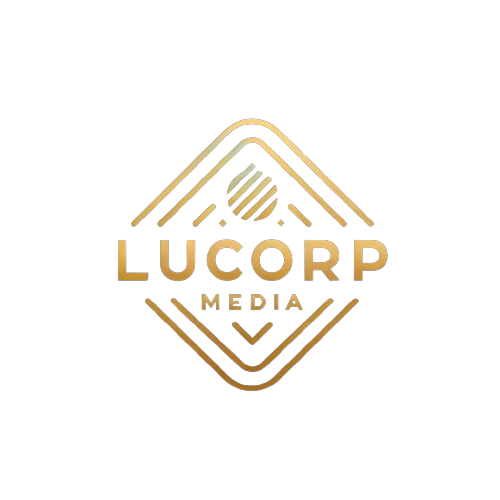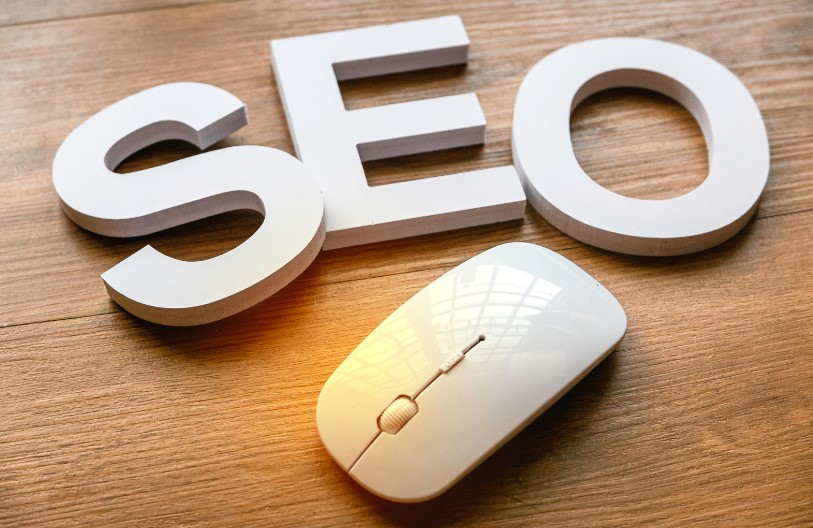On-Page SEO: The Foundation of Search Engine Success
In the ever-evolving realm of search engine optimization (SEO), on-page SEO stands as a cornerstone, the art of crafting website content and structure that search engines can easily understand and rank highly in search results. It encompasses a holistic approach that considers every element of a webpage, from its title tags and meta descriptions to its keyword usage, internal linking, and overall user experience.
The Essence of On-Page SEO
At its core, on-page SEO is about creating a website that is both search engine friendly and user-friendly. It’s about ensuring that your website’s content is relevant to the keywords that your target audience is searching for, while also providing a positive user experience that encourages visitors to stay on your site and engage with your content.
The Pillars of On-Page SEO
The foundation of exceptional on-page SEO lies in its core principles:
Keyword Research: Identifying the most relevant and valuable keywords that potential customers use to search for products or services within their target market.
Title Tags and Meta Descriptions: Writing compelling and informative title tags and meta descriptions that accurately reflect the content of each webpage and provide an enticing summary that encourages users to click through from search results.
Content Optimization: Creating high-quality, informative, and engaging content that is relevant to the target audience and optimized for search engines.
Header Tags (H1, H2, H3, etc.): Utilizing header tags to structure the content and provide clear hierarchy, ensuring that search engines understand the main points and subheadings of the webpage.
Image Optimization: Optimizing images with relevant alt text, file sizes, and dimensions to improve page loading speed and accessibility.
Internal Linking: Strategically linking between relevant pages on your website to distribute link equity, improve navigation, and guide users to important content.
Mobile-Friendliness: Ensuring that your website is optimized for mobile devices, providing a seamless and consistent user experience across all screen sizes.
User Experience (UX) Design: Creating a website that is easy to navigate, visually appealing, and provides a positive overall user experience, encouraging visitors to stay on your site and engage with your content.
The Impact of On-Page SEO
Effective on-page SEO yields a myriad of benefits, including:
Improved Rankings: Higher search engine rankings, leading to increased visibility in search results and more organic traffic to your website.
Enhanced User Experience: A more user-friendly website, resulting in longer browsing sessions, increased engagement, and higher conversion rates.
Stronger Brand Perception: A well-optimized website reinforces brand credibility, trust, and professionalism.
Sustainable Growth: Long-term organic traffic growth, providing a steady stream of visitors to your website.
Competitive Advantage: A well-optimized website sets businesses apart from competitors, attracting new customers and retaining existing ones.
On-Page SEO: An Ongoing Process
On-page SEO is not a set-and-forget endeavor; it’s an ongoing process that requires continuous monitoring and refinement. Search engines constantly refine their algorithms, user behavior evolves, and new technologies emerge, necessitating ongoing on-page SEO maintenance and adaptation.
In conclusion, on-page SEO forms the foundation of a successful search engine optimization strategy. By optimizing every element of your website, you enhance its search engine visibility, attract more organic traffic, and ultimately achieve your business goals. Embrace on-page SEO and embark on a journey towards sustainable search engine success.

